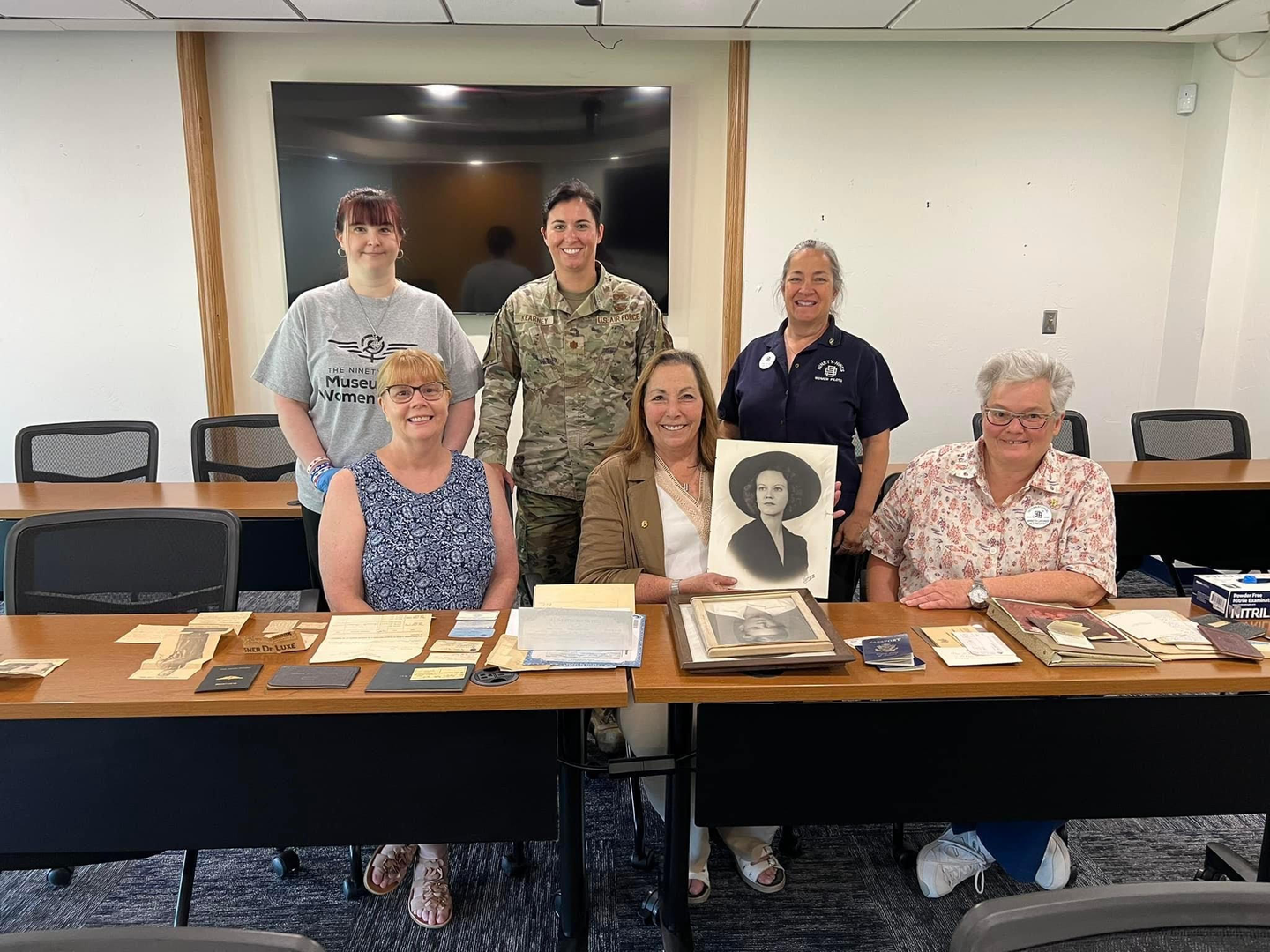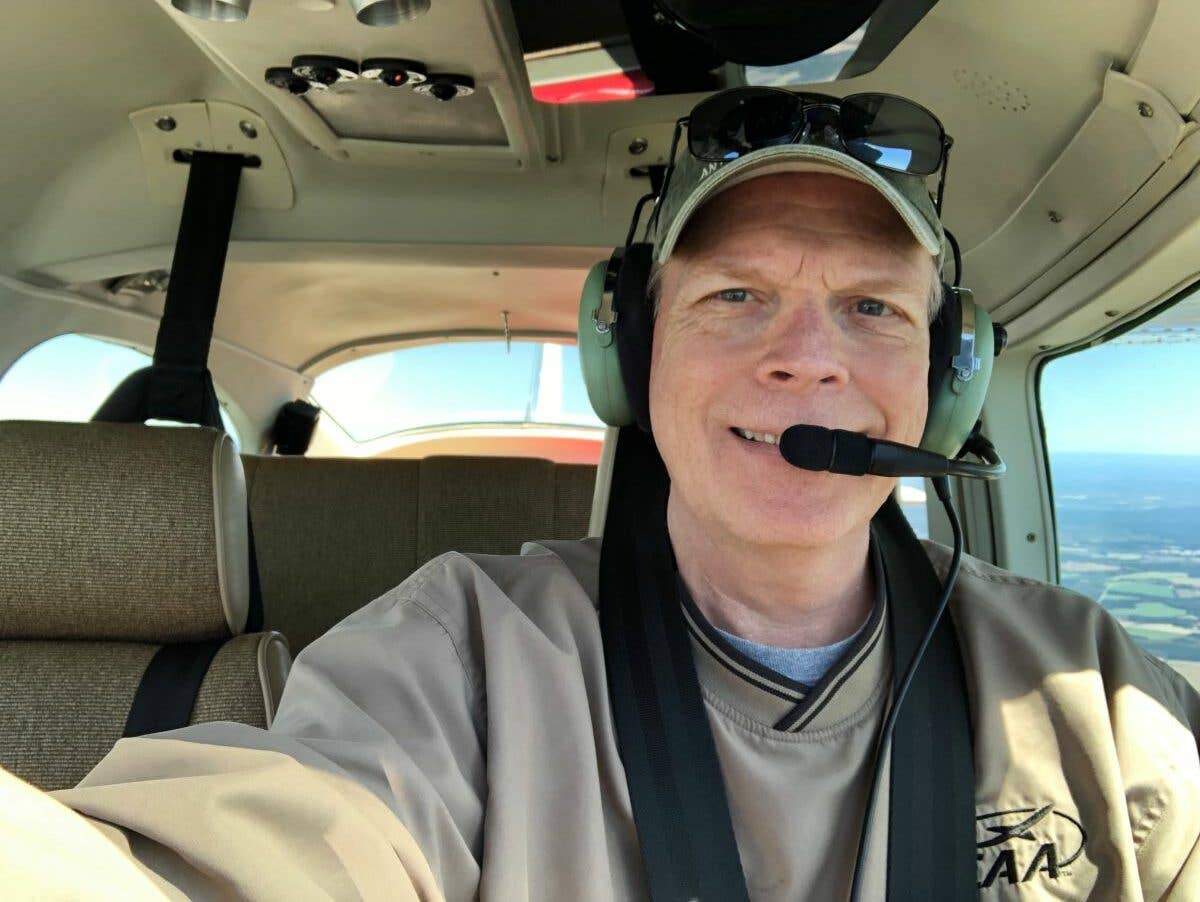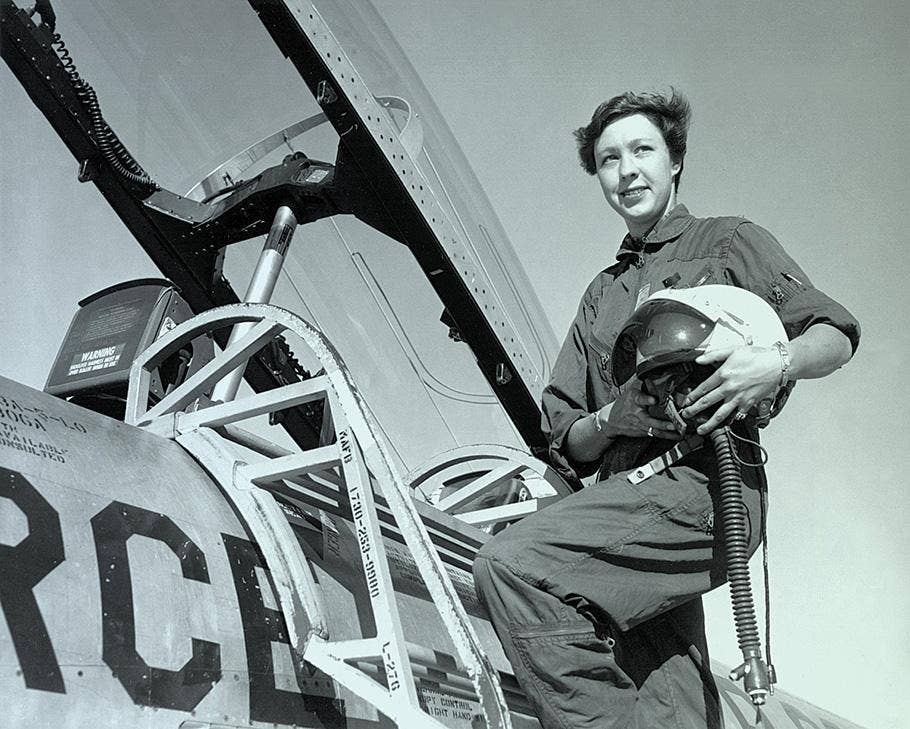When Hollywood Takes Liberties with Aviation
Often when we go to the movies or watch television, flying becomes fiction.

A scene in an old television show that featured a V-tailed Beech Bonanza made the writer frustrated. [FLYING Archives]
"OH, NO WAY!"
If you are a pilot and you watch television shows or movies that feature aviation, chances are good this phrase comes out of your mouth from time to time. Very often Hollywood takes liberties with aviation.
Breaking the Laws of Aerodynamics
One of the first aviation movies I saw post-student pilot certificate was Always, Steven Spielberg's remake of the A Guy Named Joe, a World War II fantasy drama involving a pilot killed in action who doesn't quite cross over to the other side—and stays around to help his buddy. Always, shot in the late 1980s, features wildland firefighting instead of military pilots. There's a scene where the pilot of a fire bomber is trying to stretch a glide to make it to the runway. He’s below the tree line when there is a gust of wind enabling him to avoid the approaching obstacles.
I had less than 20 hours in my logbook when I first saw that movie, but even I knew that was hogwash. A friend who flew for the forest service and had a similar opinion of the scene told me, "Once you are below the treeline, that's it. You're down."
Sometimes TV producers do silly things with airplanes in an attempt to “get a laugh,” such as the time The Lucy-Desi Comedy Hour had the pair in Alaska flying as passengers in a V-tailed Beech Bonanza. Lucy remarks on how hot it is, and thinking she is opening a window, starts cranking on what looks like the lever actuator of a car window. The lever is mounted on the ceiling of the cockpit. The lever, of course, in the Bonanza actuates the trim wheel. The aircraft tumbles crazily out of control while a canned laughter track plays. (Brace yourselves; my instructor voice is about to come out of my mouth.)
What kind of sick people laugh at an airplane going out of control?
Stock Footage
In older shows (1950s to early 1970s), aviation scenes often relied on recycled stock footage to cut down on expenses. Hogan's Heroes was famous for recycling footage, the heck with continuity. In one scene, what looks like a person comes out of the Douglas C-47 on a parachute. On the way down, the person becomes a box that lands in the bushes.
B-17s take off for a bombing mission and magically become B-24s.
One of my favorite episodes, Flight of the Valkyrie, involves the prisoners building an airplane for someone to escape in. The escape airplane is cobbled from a "downed allied airplane" that in reality appears to be part of a T-34 or similar trainer with tandem seating and a greenhouse canopy. When the escape aircraft flies away, it has become an Ercoupe.
Aviation Reality Shows
Reality shows are a different breed. I spent 10 years in television, most of it as a reporter/producer, so I understand for every three-minute segment, every 60-second scene, hours of video footage and interviews have been recorded. Putting them together to keep the audience engaged is a challenge.
In reality shows, although the situation or task performed may be nothing dramatic to a well-trained pilot or mechanic, the underlying music—that suspenseful, staccato violin—can have you on the edge of your seat as a baritone-voiced announcer dramatically intones the seriousness of the situation with phrases like "a race against time.”
Recently, I had a chance to watch an episode of Ice Airport Alaska, which is set at Ted Stevens Anchorage International Airport (PANC). The teaser description for the episode is this: "A 747 cargo aircraft has alerted the Air Traffic Control Tower they have a landing gear malfunction. Without wheels to touch down, the pilot may have to perform a ‘belly landing,’ putting the undercarriage of the fuselage directly onto the frozen asphalt as it lands at 170 mph."
It was kind of cool to learn about the training the staff at the airport do, and to see how the team works together. The "gear emergency" turned out to be one tire that had blown on takeoff. The landing gear had 16 more tires all intact, so fortunately, the landing wasn't an issue.
There was a FOD patrol right after the landing to make sure no rubber was left on the runway—as the driver of the airport vehicle noted it was a piece of rubber that hit the fuel tank on Air France’s Concorde in 2000 resulting in the horrible accident that killed 113 people and injured six more.
As I watched the segment, I thought about all the different ways landing gear can be deployed in an emergency—there is always a back-up system. I would have liked to hear about that.
Small Airplanes Can't Dump
Sometimes, aviation is vilified by poor writing from the aviation-challenged.
I was working as a writer at a television station while simultaneously building my hours toward a commercial certificate. The station had a “designated aviation reporter.” He was not a pilot, but understood the airline business. On this particular day, he had written a story about a Cessna 172RG that had a gear issue and what a miracle it was that no one was hurt in the belly landing at the local airport. The script stated "the pilot dumped the fuel before attempting the landing to cut down on the risk of fire."
I had about 240 hours, of which 50 or so were in a 172RG. I was required to know the systems backward and forward. I knew that there’s no mechanism to “dump” the fuel in flight. I mentioned this to the producer and the script was changed to read "the pilot flew around for several hours to use up the fuel to lessen the risk of fire.” I guess I stepped on some toes, because the next day, I was getting yelled at by the assistant news director, who told me that I was never to touch one of the aviation reporter's scripts again because I was not the aviation reporter.
"Even if the script is factually incorrect?" I asked. I showed her my pilot certificate, told her my experience, and then as I had my logbook with me, showed the notation of my flight time as I explained the fuel system of the aircraft and why “dumped the fuel” was incorrect. (I should note the other stations and the local newspaper reported the pilot “flew around for three hours to burn off the fuel” before attempting to land.)
The assistant news director looked at the lines in the logbook, then looked up at me and asked, "How do I know you just didn't write that in there?"
I came perilously close to asking if she had eaten the whole bowl of stupid that morning.
And that was the day I decided to quit.

Sign-up for newsletters & special offers!
Get the latest FLYING stories & special offers delivered directly to your inbox






